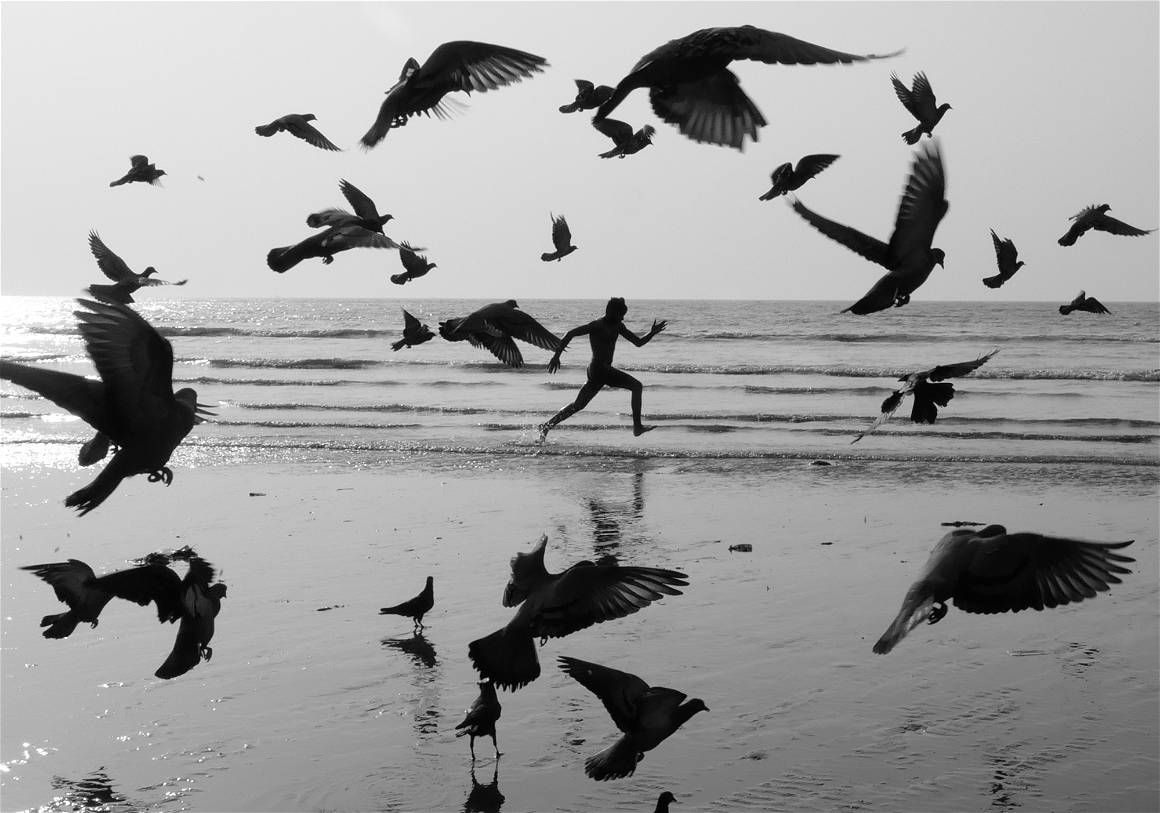In the bustling streets of cities across the world, Dimpy Bhalotia sees more than just pavement and people; she sees a theater of human connection, emotion, and fleeting moments that tell stories beyond words.

The Streets as a Stage: An Interview with Dimpy Bhalotia
Hailing from India, Dimpy’s creative journey began in fashion design, eventually leading her to the spontaneous world of street photography. From managing family businesses to woodworking and digital marketing, her multifaceted background has shaped a perspective that lends a distinctive voice to her art. “I used to photograph all my creations, samples, locations, fabrics and other aspects of work. And this gradually led to a growing interest in photography,” she reveals.
Her monochrome images, rich with contrasts and human emotion, are a celebration of the everyday. “I believe the style of the portfolio that I have crafted with unique moments has built a strong trust in my audience,” Dimpy reflects. Winner of numerous awards, Dimpy’s work is not merely about snapping pictures; it’s about resonating with viewers, igniting empathy, and sharing everyday life’s joys, sorrows, and idiosyncrasies. In this interview, she opens up about her artistic journey, vision, and love for the craft that fills her life with happiness and creative fulfillment.
Her work is a symphony of contrasts and connections, black and white simplicity that sings a colorful melody of human experience. Dimpy’s candid snapshots are more than mere pictures; they’re moments frozen in time, each telling a story that resonates with the universal emotions of love, joy, and hope, from her homeland, India. We sat down with her to explore the pathways and passions that have shaped her unique artistic journey.
“Photography gives me immense happiness and creative fulfillment.”
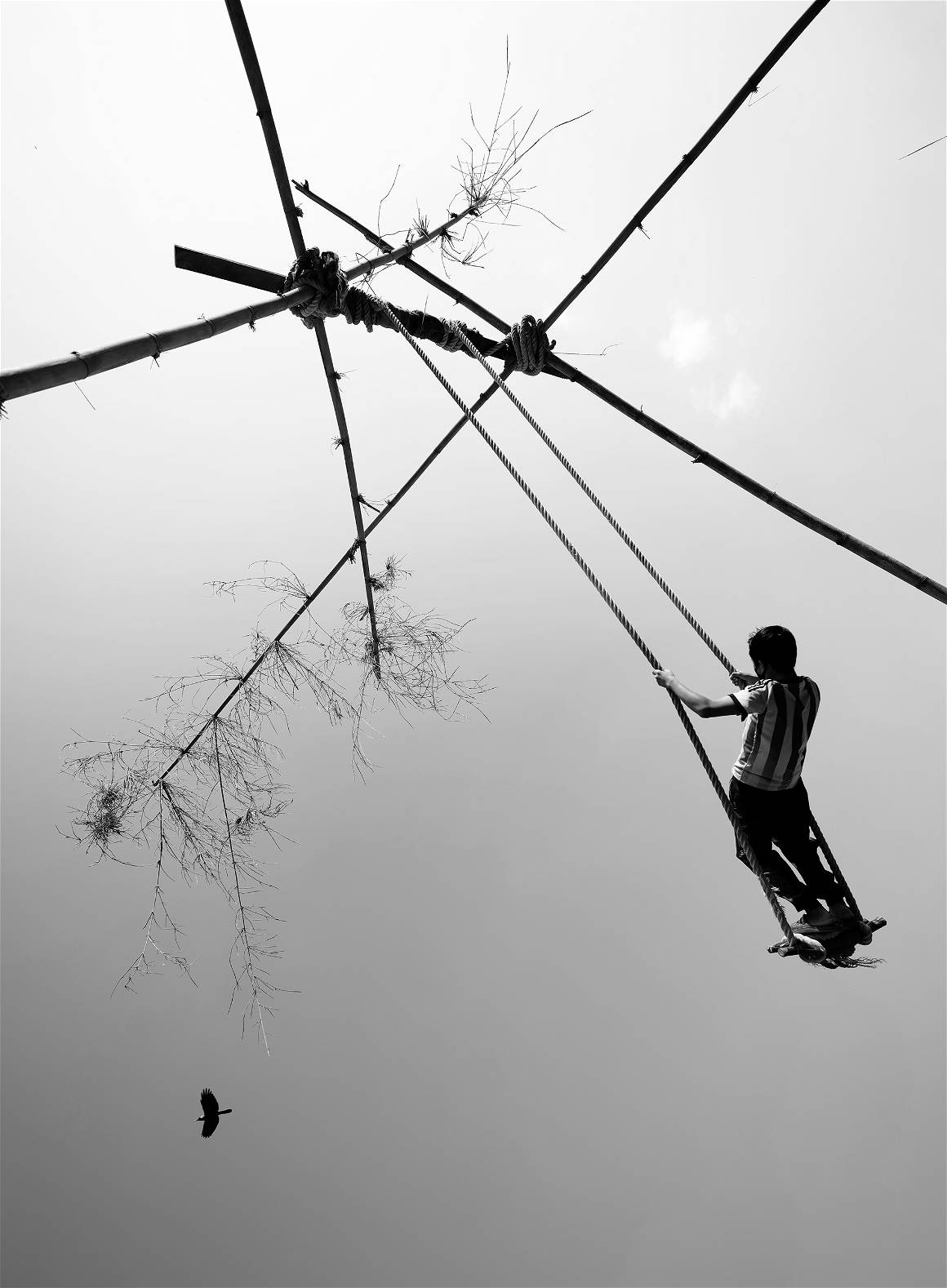
You are from India, studied fashion design in London and with a diverse activity background you are known for street photography. How did you begin your photography journey and develop an interest in photography?
Before I got into photography, apart from fashion and interior, I tried my hands in many other fields. I got into my family business of export and import, and I set up lean manufacturing in the factory. I got into wood joinery carpentry, digital marketing and many more. While doing all this, I used to photograph all my creations, samples, locations, fabrics and other aspects of work. And this gradually led to a growing interest in photography. As my work involved a lot of traveling, I discovered street photography. The diverse background and experiences and seemingly unrelated pursuits led to the development of photography skills and the perspective of observing. Photography gives me immense happiness and creative fulfillment.
Your street photography often captures candid moments in bustling urban environments. What initially drew you to this genre, and how do you approach capturing those decisive moments?
The intentionality of being present at the moment, in the now, is a core component for me. And being always unafraid of the unknown and very curious to explore and discover human connection draws me to unique moments. I photograph moments of human connection, emotion, and experience in the urban environment, often emphasizing the contrasts between light and shadow and the interplay of shapes and forms with unique perspectives. I often photograph backgrounds that suggest the fleeting nature of life and the transience of human experience. At the same time, my photographs can also be grounded in reality, capturing the talents of young people and moments of daily life in the streets. Every day I can’t wait to wake up and start photographing. My own photographs inspire me. Photography is my energy. It makes me happy. I want to wake up every day of my life and photograph as much as I can. I feel like I’m experiencing the most incredible time of my life.
Do you have any Favorite or special photograph or project that you like the most?
I always see my craft as a whole and not favorite a single photograph or a project. I always see how much I have grown, explored and discovered myself with time.
“I often photograph backgrounds that suggest the fleeting nature of life and the transience of human experience. At the same time, my photographs can also be grounded in reality, capturing the talents of young people and moments of daily life in the streets.”
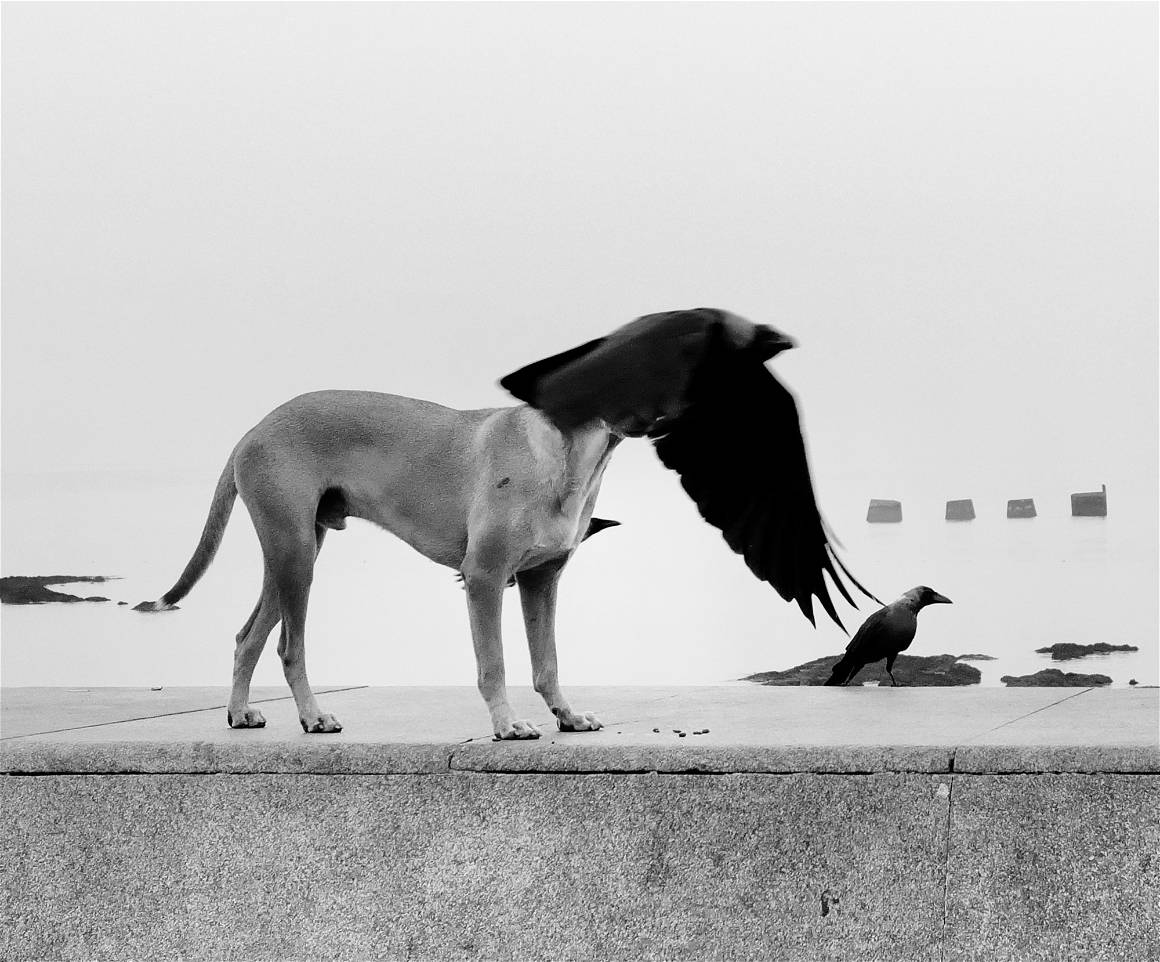
Your photographs often elicit strong emotions and resonate with viewers. What do you hope people take away from your work?
Through my work, I aim to convey the beauty and freedom of everyday life. I seek to evoke a sense of empathy and understanding for the people and places that I photograph. Celebrating love, hope and freedom of the world around us. I believe the style of the portfolio that I have crafted with unique moments has built a strong trust in my audience that what I will deliver will bring emotions of emancipation. They will feel the liberation of using their free will. They will enjoy the photograph emitting energies of love and light.
Do you have any Favorite or special photograph or project that you like the most?
I always see my craft as a whole and not favorite a single photograph or a project. I always see how much I have grown, explored and discovered myself with time.
Your photographs often elicit strong emotions and resonate with viewers. What do you hope people take away from your work?
Through my work, I aim to convey the beauty and freedom of everyday life. I seek to evoke a sense of empathy and understanding for the people and places that I photograph. Celebrating love, hope and freedom of the world around us. I believe the style of the portfolio that I have crafted with unique moments has built a strong trust in my audience that what I will deliver will bring emotions of emancipation. They will feel the liberation of using their free will. They will enjoy the photograph emitting energies of love and light.
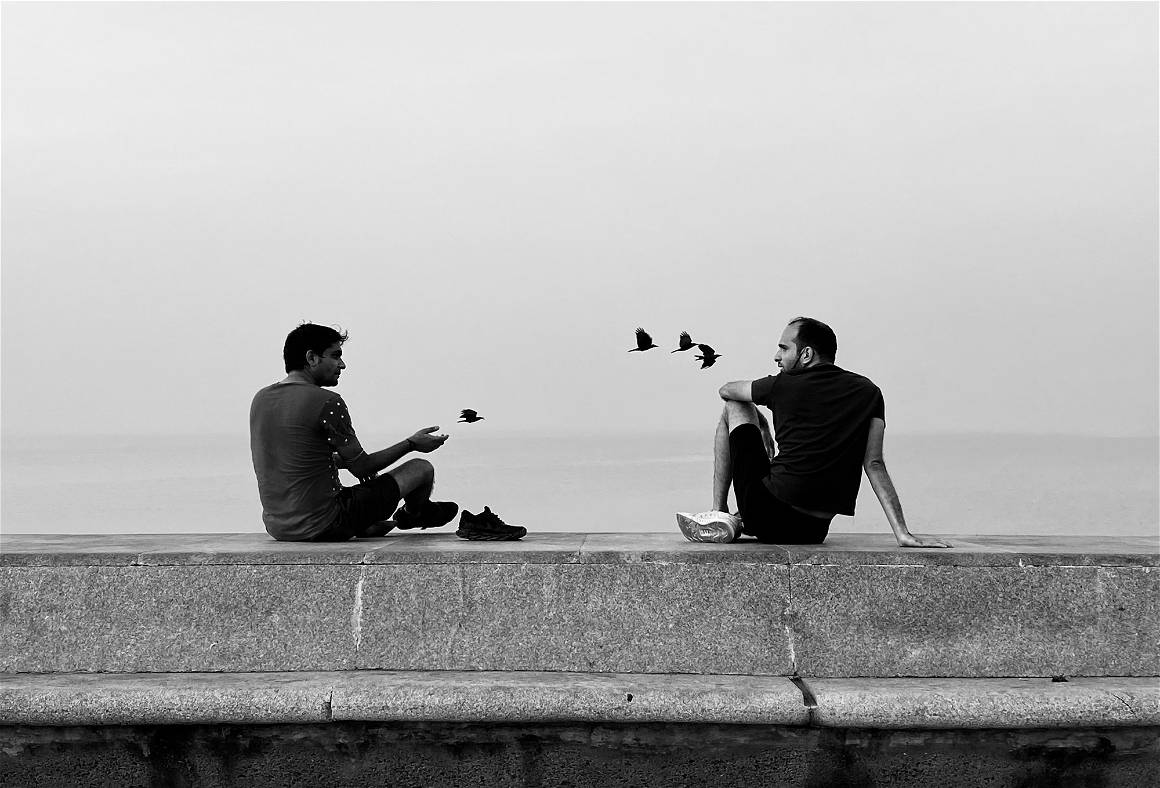
Your work is characterized by strong compositions and striking visual narratives. Could you share some insights into your creative process and how you go about framing your shots?
I often take a minimalist approach to composition, using light and shadow to create evocative images that convey the emotional resonance of a particular moment.
One way to infuse my photographs with a sense of surprise is to include an unexpected element that adds a touch of freshness and lighthearted perspective to the scene. The humor in my photographs is often subtle, and it works to add depth & dimension to my photographs rather than detracting from their emotional impact. By finding moments of humor and surprise in everyday life, I encourage viewers to see the world in a new light and to appreciate the small moments of joy and connection that are often overlooked.
The use of monochrome in your street photography adds a timeless and evocative quality to your images. What draws you to black and white, and how do you think it enhances the storytelling in your photographs?
I find black and white photography to be the best way to depict my world and my personality, as it removes clutter and irrelevant distractions and allows me to focus on the shapes, forms, and interplay of light and shadows in my photographs. I see black and white as bold yet calm and feels that it resonates with my perspective. To me, it evokes emotions and results in a more timeless and classic aesthetic. It allows me to create images that are emotionally resonant and more evocative.
For me, black and white photography provides a more realistic view of the world, as it eliminates distractions caused by colors, making the captured moments more vivid and expressive. I believe that black and white photography can convey the pure soul and movement of the living elements in the frame.
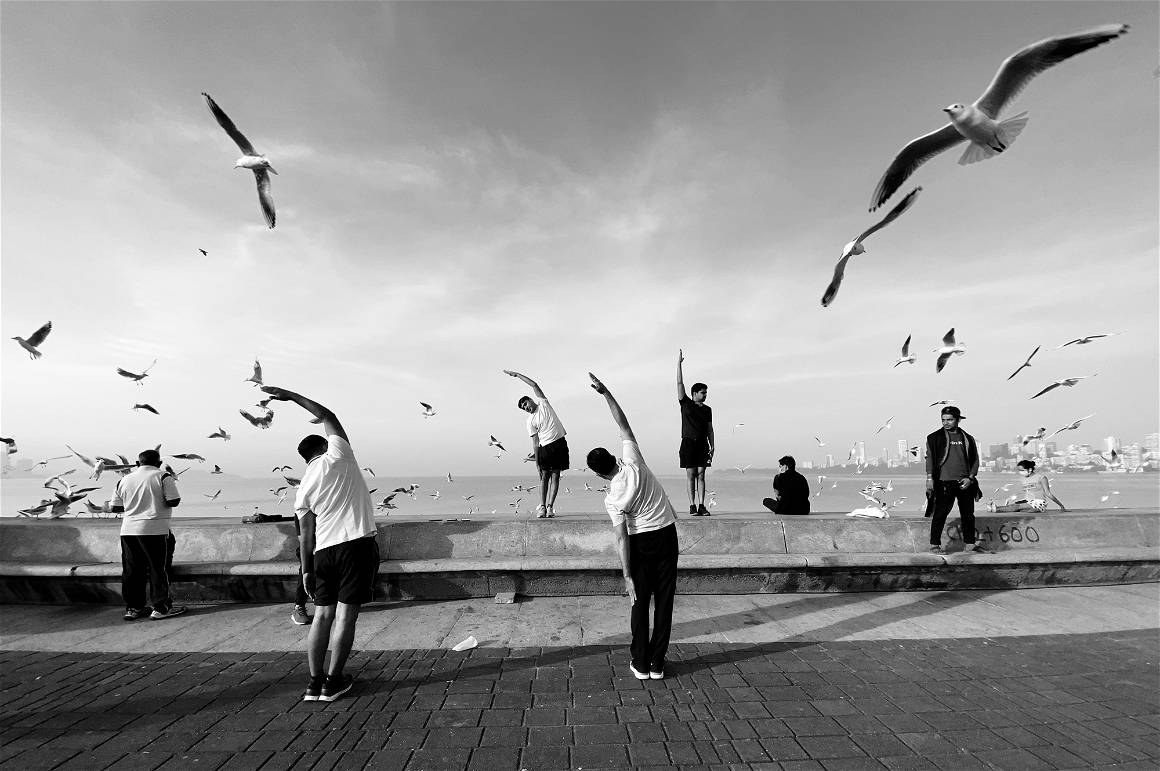
Many of your photographs display a strong sense of contrast, both in terms of light and subject matter. How do you find and capture those moments that embody such powerful juxtapositions?
I am drawn to energy. I believe every element is a collection of vibrating energies. A deep understanding of composition, lighting and movement made me more curious. And that leads me to walk in the direction of light and where there are a lot of activities happening. Paying close attention to the details and careful observation, patience, technical skill, and a willingness to experiment and take risks help create a powerful and evocative image. It requires a deep connection to the world around you and a willingness to see the beauty and poetry in the mundane moments of everyday life.
Social and cultural elements are often present in your photography. How do you balance documenting the authentic essence of a place or community while respecting the privacy of your subjects?
I am always very mindful of each and every one’s privacy, dignity and personal space. I often photograph from a distance to capture the spontaneity and authenticity of the moment without intruding on people’s personal space or disrupting their activities. When I have to go extremely close, I simply smile and gesture to indicate that I am going to take a photograph. I do so in a very respectful and non-intrusive manner. I am very mindful of the context in which I am going to photograph. I am also sensitive to cultural norms and practices in the places I photograph. I believe in the importance of cultural exchange and encourage viewers to appreciate the diversity and richness of the world’s many different cultures and beliefs through my photographs.
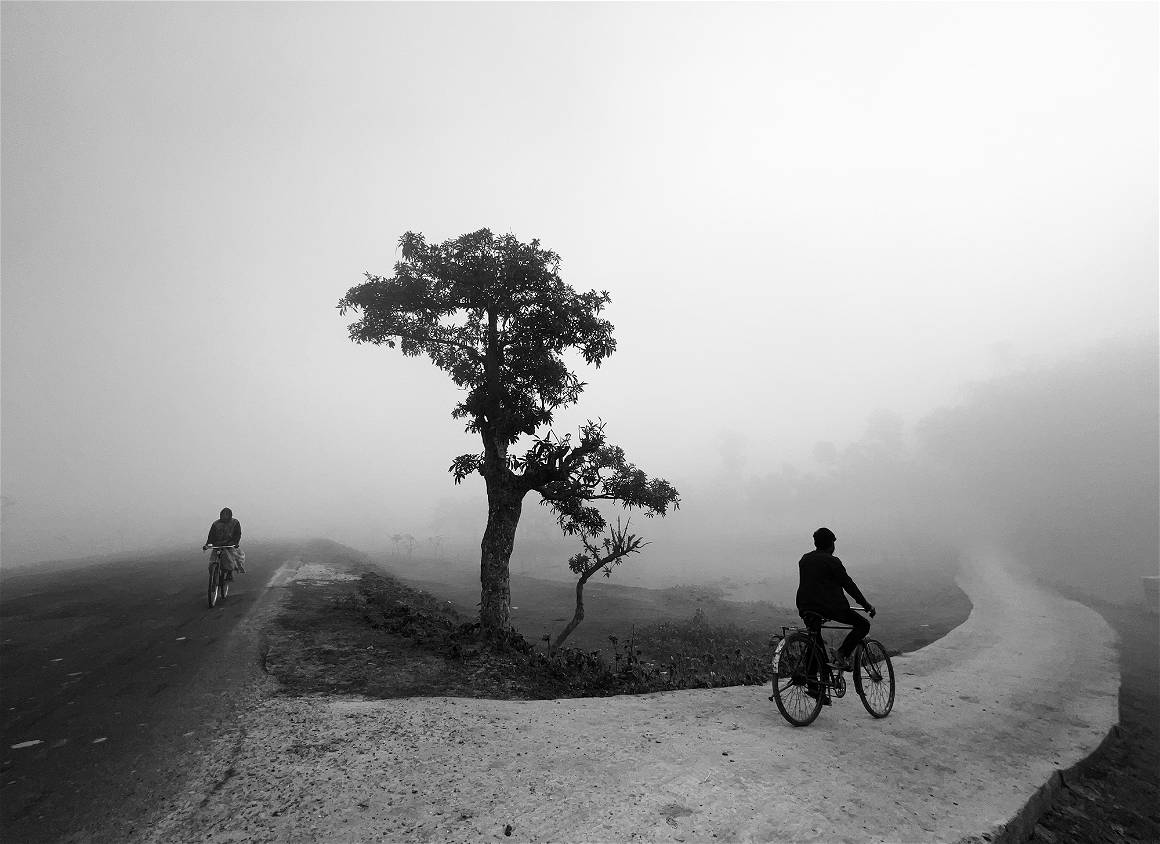
“I am drawn to energy. I believe every element is a collection of vibrating energies.”
Can you discuss any challenges or memorable experiences you’ve encountered while working on the streets and capturing spontaneous moments?
Being a street photographer, dealing with the unpredictability of street photography is challenging. Photographing candid moments on the streets requires a great deal of patience and perseverance, as well as the ability to think on one’s feet and respond quickly to changing situations. A lot of walking and circling back day in and day out. But I think it is all part and parcel of the whole process. All these experiences have made me strong.
On a lighter note, I have a funny story to share. I was photographing a baby cow, and after a few minutes, someone started tapping my bag from the back. I thought some uncle was stopping me from taking photos because, usually, they do. So I, without moving an inch, kept taking photos and kept saying please wait; I have to take this shot anyhow. But the tapping didn’t stop. So I turned while saying what is your problem and I saw the mother cow hitting me with her horns. I was so frightened to see her so close to me that I fell off the steps rolling down, and I landed on the platform below. There were a bunch of boys sunbathing around, and they just couldn’t stop laughing. So it’s all fun, volatile, challenging and needs a tremendous degree of patience and endurance at the same time.
Your work has gained significant recognition, including winning many awards. How do you think these accolades have influenced your artistic journey and career as a photographer?
They all have been a stepping stone in my artistic journey, allowing me to profoundly impact people’s thoughts and actions through my art. It provided a platform to spread love, hope, and freedom in a world yearning for these virtues. The recognition helped me reach a wider audience, extend my message, and raise awareness about the significance of photography. It fueled my determination to create thought-provoking photographs, bridging the gap in art education and inspiring viewers with the beauty of artistic expression. All the accolades amplified my voice, connected me with more viewers, and fostered a deeper appreciation for art. I’m grateful for the opportunity to share my creative perspective and inspire others to embrace their own artistic expressions.
“I photograph moments of human connection, emotion, and experience in the urban environment, often emphasizing the contrasts between light and shadow and the interplay of shapes and forms with unique perspectives.”

“I want to wake up every day of my life and photograph as much as I can. I feel like I’m experiencing the most incredible time of my life.”
With the rise of AI, how do you navigate the challenges and opportunities of showcasing your work in the modern photography landscape? Do you consider using AI in your photography? Or are you using it?
I have yet to embark on exploring it. I haven’t had the chance to try my hand at it, at least not in the realm of photography. However, perhaps in the future, I may consider delving into it for marketing and advertising purposes. At present, I have yet to sort out my thoughts on AI, to be honest.
As an accomplished street photographer, what advice would you give to aspiring photographers looking to capture the essence of a place and its people through their lens?
I have reviewed hundreds of photographer portfolios, and I’ve come to realize that there are two types of individuals: those who enjoy photography and automatically assume that they are skilled in it, and those who love, possess a deeper understanding of the medium and know how to execute it.
I’ve noticed that some individuals possess the potential to excel in other aspects of photography, such as photo curation, editing, writing, or criticism. However, when it comes to executing their own ideas or capturing a spontaneous moment on the street, they tend to fall short. I feel it is crucial to determine if one is passionate about photography because they genuinely enjoy taking pictures or if they appreciate it for its other facets.
Once a photographer has a thorough understanding of themselves, it becomes easier for them to identify their strengths and weaknesses. It is essential to explore every aspect of the photography industry before discovering one’s true passion. Not everyone is cut out to be a street photographer, as it requires an enormous amount of dedication, time, and effort to capture that perfect shot that epitomizes their unique style.
Ultimately, each photograph captures the energy and personality of the photographer. I believe self-reflection and a deep understanding of oneself are crucial to achieving success in the field of photography. To stand out, it is important to develop one’s own style and perspective while exploring and understanding their thought processes. Being unique with consistency is very important and is the path to progress.
Would you like to add something?
Life is Beautiful. Very simple and easy. Simply put, some people make things challenging for you. As a result, life seems challenging. Always think, meditate and then take constructive actions.
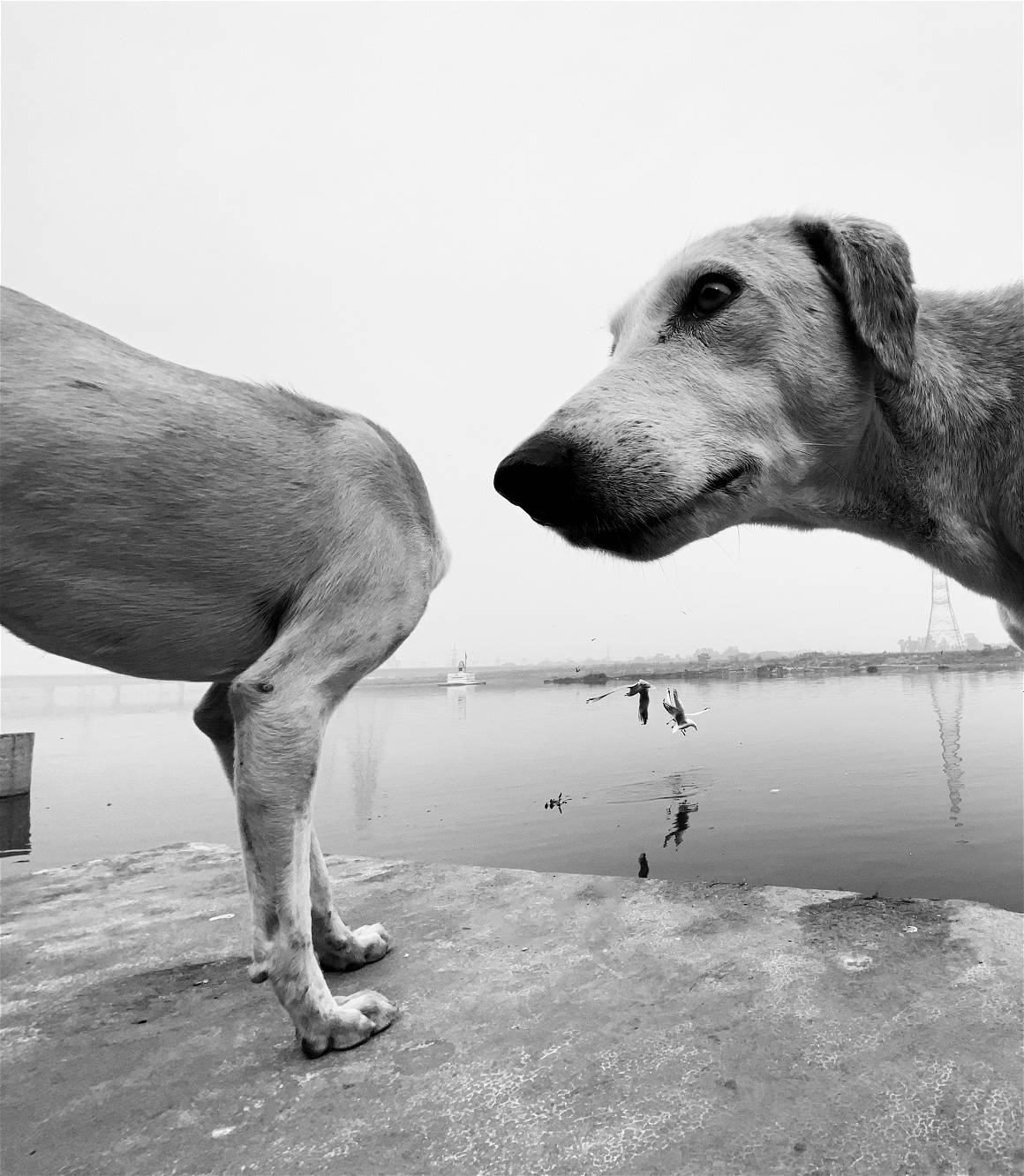
“I believe in the importance of cultural exchange and encourage viewers to appreciate the diversity and richness of the world’s many different cultures and beliefs through my photographs.”
